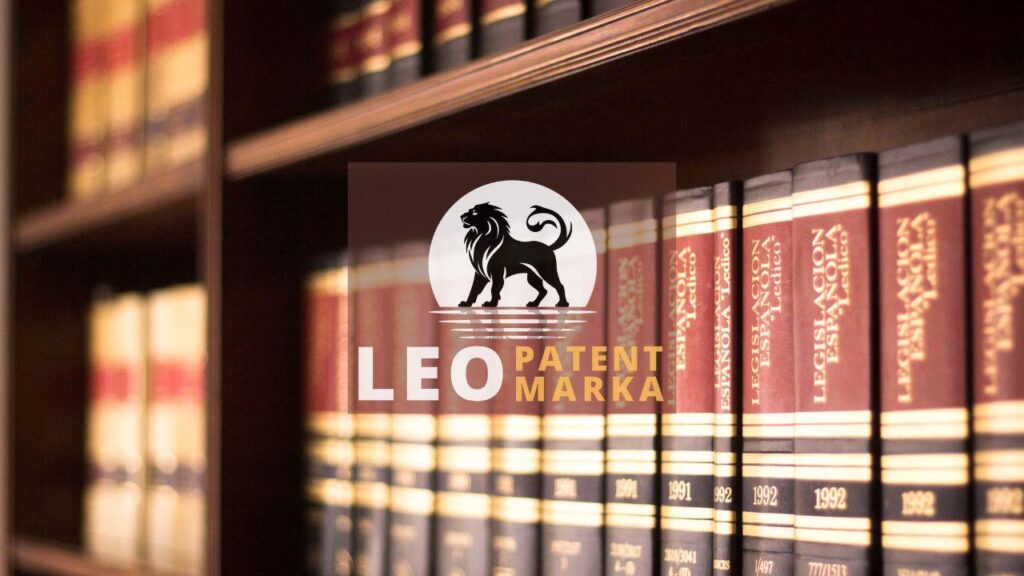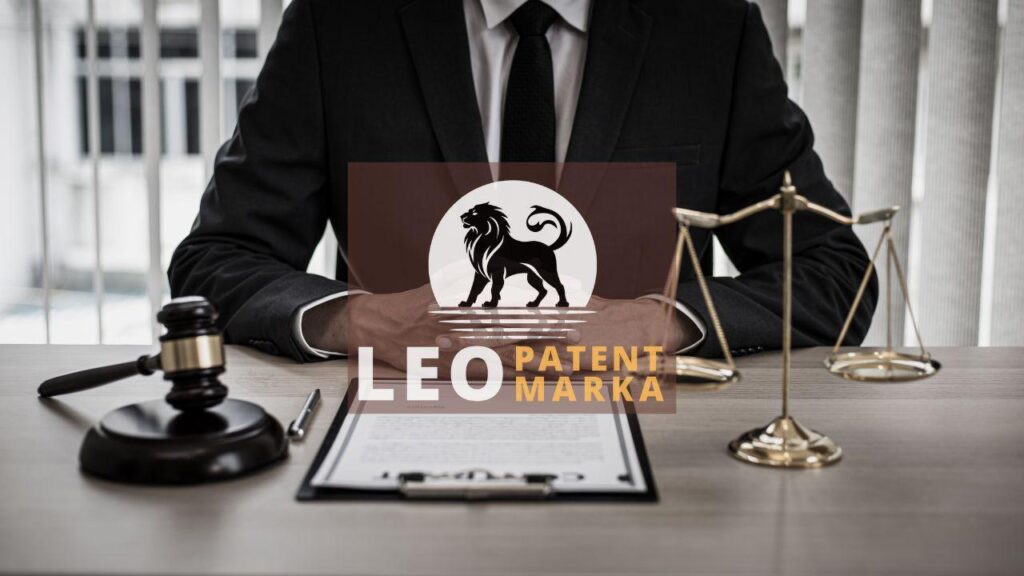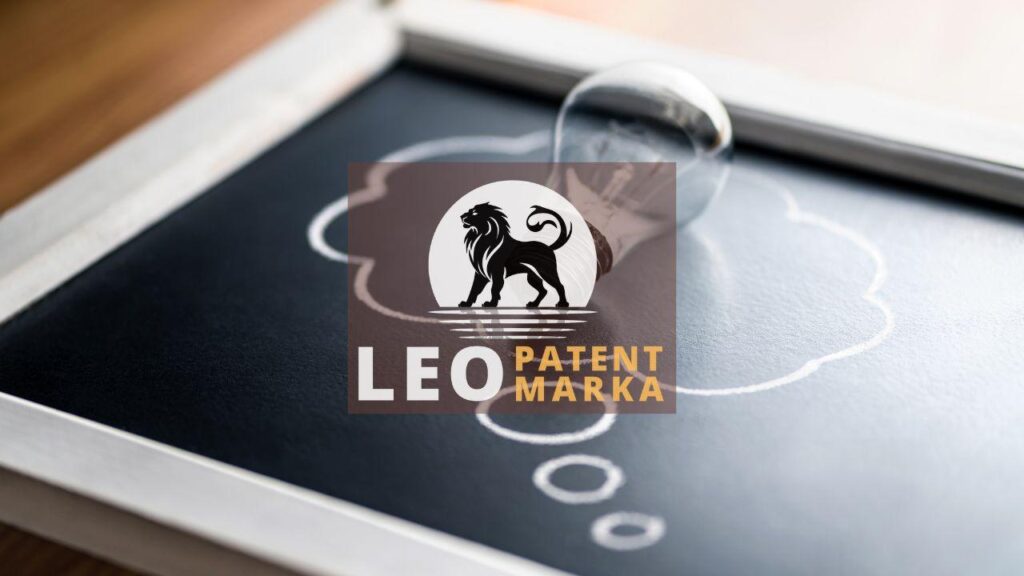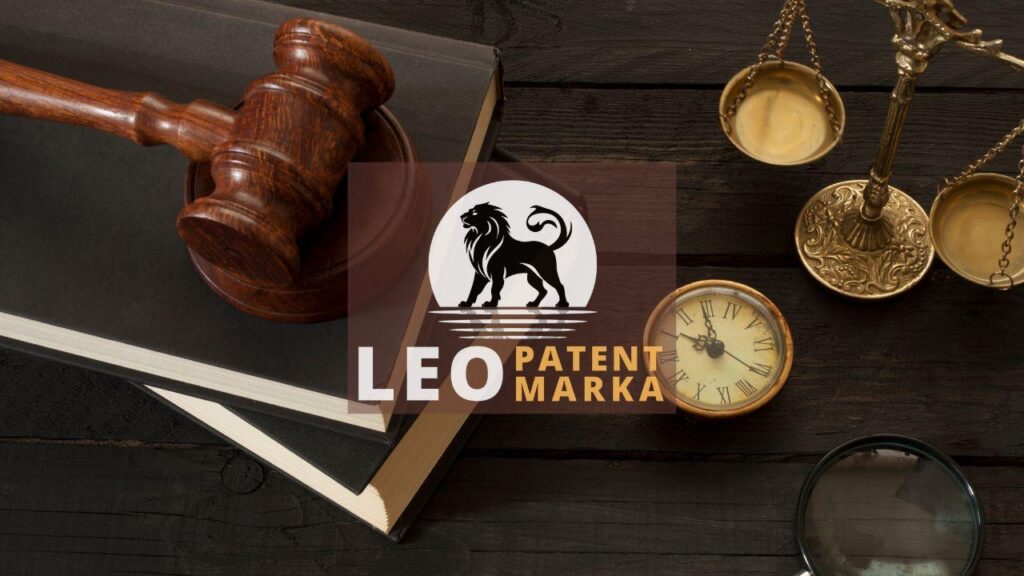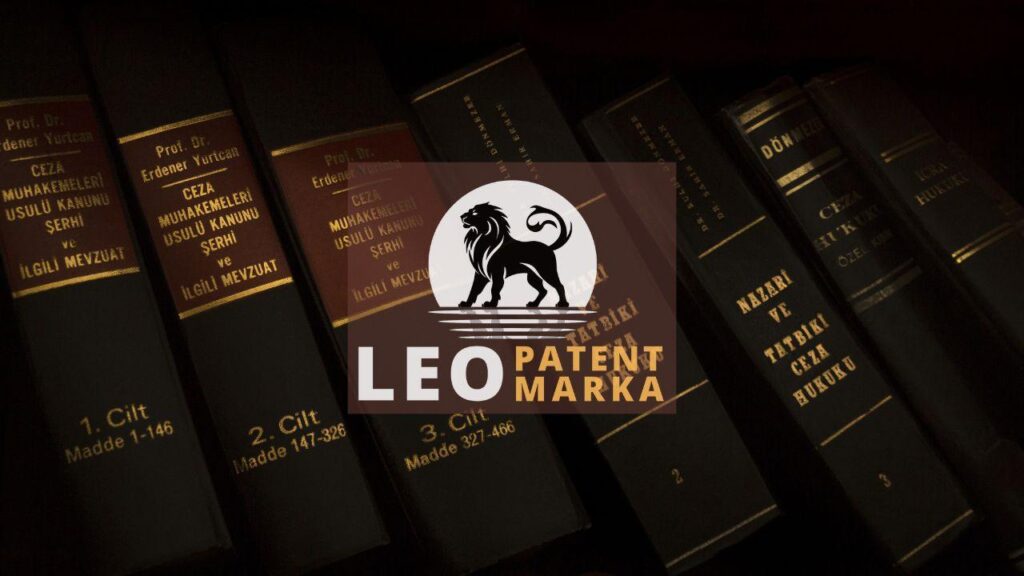Protecting your brand on online marketplaces might seem like navigating a minefield, but it’s crucial for maintaining your business’s credibility and trust. Without proper strategies, your brand risks being overshadowed by counterfeiters and losing customer trust. Consider this: a single negative incident can significantly damage your brand reputation. But don’t fret! Implementing effective brand protection strategies can safeguard your e-commerce brand security and give you peace of mind. With the right online marketplace tips, you can ensure your products stand out authentically and your brand remains untarnished. Often, this requires constant vigilance and adapting to the fast-paced changes in the digital marketplace. Remember, managing brand reputation isn’t just about damage control; it’s about proactively defending what you’ve built. So, roll up your sleeves and dive into developing comprehensive tactics that not only protect your brand online but also reinforce your standing in the market.
Strategies for Safeguarding Your Brand Identity
One of the top brand protection strategies involves ensuring your product listings are accurate and distinctive. Picture yourself as a detective, always alert and ready to catch any counterfeiters trying to mimic your offerings. Use unique identifiers like logos and detailed descriptions to protect brand online and prevent imitation. Consider leveraging online marketplace tips such as monitoring competitor listings and engaging with platform policies for e-commerce brand security. Collaborating with the marketplace to swiftly remove imposters is key. Maintain an eagle eye on feedback and reviews; they’re the breadcrumbs that can help manage brand reputation and detect unauthorized sellers. Consistent vigilance is the heartbeat of safeguarding – an integral part of your brand’s armor, reinforcing trust every step of the way.
To protect brand online, dive into technology-driven solutions. Automated tools can scour online marketplaces, detecting infringements and enhancing e-commerce brand security effortlessly. Leverage data analytics for real-time insights, pinpointing potential threats before they mushroom. Regularly update your intellectual property registrations – they’re the legal shield in your arsenal of brand protection strategies. Engage with audiences through authentic storytelling, fostering loyalty and weaving resilient brand-consumer bonds. Online marketplace tips like using search engine alerts and product tracking can preemptively block counterfeits. Meanwhile, consider partnerships with consumer advocacy groups to bolster trust and manage brand reputation effectively. Being proactive is your ace; it ensures your brand identity remains unblemished, standing tall amidst the digital chaos.
When thinking of e-commerce brand security, envision your brand as a fortress, with strategies guarding every gate. Develop ironclad brand protection strategies by weaving contractual safety nets with manufacturers and partners, ensuring exclusivity and quality are etched in stone. Carefully implemented brand guidelines act like a lighthouse, guiding your team and affiliates to consistently flag counterfeits and piracy. Employing online marketplace tips, such as trademarking distinctive brand elements, becomes part of your arsenal. These steps manage brand reputation by maintaining integrity amidst storms of competition. Erect vigilant monitoring systems, using social media platforms, where one whisper can either uplift or tarnish your name. Engage in open dialogue with customers; their firsthand experiences are invaluable allies. Remember, the essence of protecting your brand online is akin to nurturing a legacy—it’s fiercely defending every inch of the ground, securing your identity against the ever-present tide of digital threats.
Navigating Legal Implications of Online Marketplaces
Understanding the legal implications when you protect your brand online is essential. Online marketplaces come with a maze of regulations, and ignoring them can lead to serious consequences. Legal protection acts as your shield, helping to bolster your e-commerce brand security. Have you registered your trademark? If not, it’s time to consider it. Trademarks prevent counterfeiters from thriving under your brand’s identity. Aim to incorporate brand protection strategies early. Taking proactive measures, such as monitoring listings and leveraging takedown policies, reinforces your brand’s position. Online marketplace tips suggest reaching out to intellectual property professionals who can offer expert advice tailored to your needs. Managing brand reputation requires more than just a reactive approach; it’s about staying two steps ahead. Remember, an ounce of prevention is worth a pound of cure. Protecting your brand involves a continual effort to navigate the complexities and secure your hard-earned market standing.
Navigating the legal implications of online marketplaces demands vigilance. Without understanding these implications, your brand risks vulnerability. Do you know the marketplace’s rules? If not, you may face unwarranted penalties. To protect your brand online, familiarize yourself with platform-specific policies. Embrace brand protection strategies to bridge gaps in knowledge. Secure legal counsel if needed to reinforce your e-commerce brand security. This isn’t mere advice; it’s essential to manage brand reputation. Online marketplace tips often recommend setting up automated alerts for inconsistencies or infringements. Think of these alerts as your early warning system. Handling legal nuances can be like steering a ship through turbulent waters. However, with meticulous preparation, you stay ahead of potential threats. Understanding the rules of the game helps you outsmart counterfeiters and uphold your brand’s integrity. Always be a step ahead, fortifying your brand against legal challenges online.
When you protect your brand online, vigilance is key to navigating legal intricacies. Consider these online marketplace tips: Regularly review the marketplace policies as they update frequently, leaving room for compliance slip-ups. Protecting your e-commerce brand security involves constant awareness. Have you heard of defensive brand protection strategies? These strategies empower you to manage brand reputation actively by preemptively addressing potential issues. Think of it as having a shield ready before the storm hits. A robust legal framework supports your brand through these turbulent waters. Regular audits are vital; they ensure you’re not inadvertently in breach of any rules. Set aside time for this, as it aids in safeguarding your brand’s integrity. With automation tools, tracking changes becomes a breeze, fortifying your defenses. Being proactive might seem rigorous, but it’s your brand’s best ally in the complex web of online marketplaces. Always prioritize your brand’s interests, securing its place confidently in the digital arena.
Best Practices for Monitoring and Enforcing Brand Protection
Protecting your brand online demands vigilance. Keep an eagle eye on all sales channels with effective brand protection strategies. Begin with routine checks of online marketplaces to swiftly detect infringements. But why stop there? Use specialized tools and software to automate this process, saving time and minimizing human error. These online marketplace tips will enable quick responses to threats, ensuring e-commerce brand security. It’s about staying one step ahead. Engage customers, inviting them to report suspicious activities. Encourage their involvement, as they are your allies in this digital landscape. Managing brand reputation requires a proactive approach, constantly refining methods to tackle new challenges. The digital marketplace can be unpredictable, so arm your brand with the best practices to prevent and combat unauthorized use. Embrace adaptability, and you’ll find your brand reputation not only safeguarded but thriving in this competitive market.
Monitoring your online presence effectively is a cornerstone of brand protection strategies. Start by employing robust tools that provide real-time alerts on unauthorized product listings or counterfeit products in online marketplaces. These alerts are your eyes and ears, helping you maintain e-commerce brand security. Dive into data analytics to track how your products and logos are being used. Are they being uploaded somewhere they shouldn’t be? If you see discrepancies, act fast. Takedown requests or cease and desist letters can swiftly manage brand reputation risks. Additionally, these online marketplace tips encourage building strong relationships with the marketplace platforms. A collaborative relationship means quicker responses to your concerns. Educate your team on trademark laws to sharpen your enforcement efforts. Being informed is being powerful. By consistently applying these practices, you’ll not only protect your brand online but fortify your business against potential threats, ensuring it thrives safely.
Harness the power of proactive measures in safeguarding your brand. Leverage cutting-edge brand protection strategies by creating a comprehensive plan that encompasses every facet of your brand’s presence. Clear, consistent communication becomes your ally—notify users about the steps you’re taking to protect brand online and encourage them to buy directly from authorized sellers. With these online marketplace tips, outline clear guidelines for third-party sellers, holding them accountable to maintain e-commerce brand security. This level of engagement not only helps manage brand reputation but also builds trust with your customers. Remember, each interaction is a building block for your brand’s foundation. Enhance your brand’s defenses by employing technological solutions like AI-driven monitoring tools for swift identification and elimination of counterfeit listings. When you combine strategy with resilience, you arm your brand with an indomitable shield in the digital market, ensuring your brand remains authentic and respected.
Disclaimer: This article is for general information purposes only and it is recommended that you consult experts and companies in that field to evaluate your specific situation. We are not responsible for any damage that may arise from the use of the information in this article.

